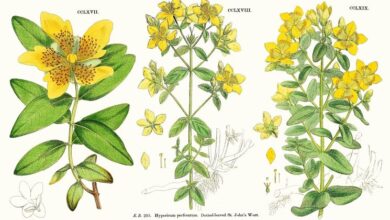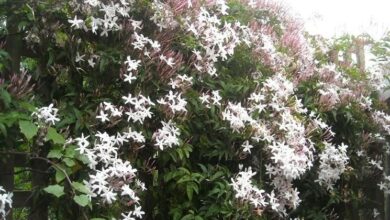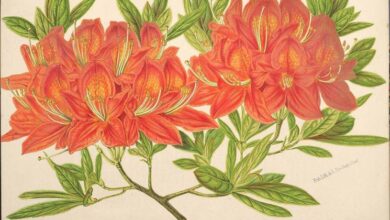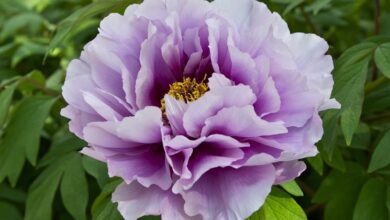Cañaheja (Ferula communis)

The giant fennel is a megaforbia, ie, a giant grass, perennial that is very important to know to be highly toxic, but also because it can be very decorative. And it is that, not because it is dangerous to health, it has to be prohibited .
As Socrates said in his day, «knowledge will set you free.» So, we are going to get to know this curious herb well to decide if we are going to reserve a space for it in the garden or not.
Origin and characteristics

Image – Wikimedia/ Krzysztof Ziarnek, Kenraiz
It is a megaforbia native to the basin and the Mediterranean region, from Anatolia to Spain and North Africa. Its scientific name is Ferula communis, and it develops erect, cylindrical stems, up to 2cm thick and up to 3 meters high. The leaves are composed of 3 to 6 times foliated, with linear, flat leaflets, 1.5 to 5cm long.
The flowers are terminal umbels, formed by yellow petals, about 8mm long. The fruits are about 15mm long, flattened and winged.
It is necessary to know that the ingestion of this plant can cause death due to internal bleeding, especially in sheep.
What are their cares?

Image – Wikimedia/ Roger
If you want to have a specimen of cañaheja, we recommend providing the following care:
- Location: it must be outside, in full sun.
- Land:
- Pot: you can use universal growing medium (you can get it here ).
- Garden: grows in all types of soils, but prefers those that have good drainage.
- Irrigation: it has to be watered about 3 or 4 times a week in summer, somewhat less the rest of the year.
- Subscriber: if it is in the ground it will not be necessary, but if it is in a pot a monthly contribution of liquid organic fertilizer, such as guano for example, will allow it to grow better.
- Multiplication: by seeds in spring.
- Rusticity: it resists frosts down to -7ºC.
What do you think?




